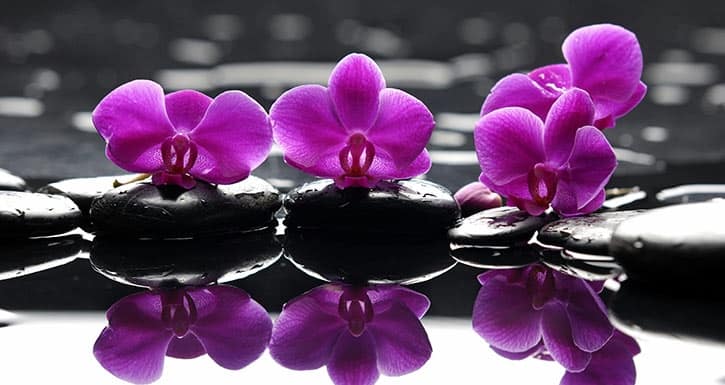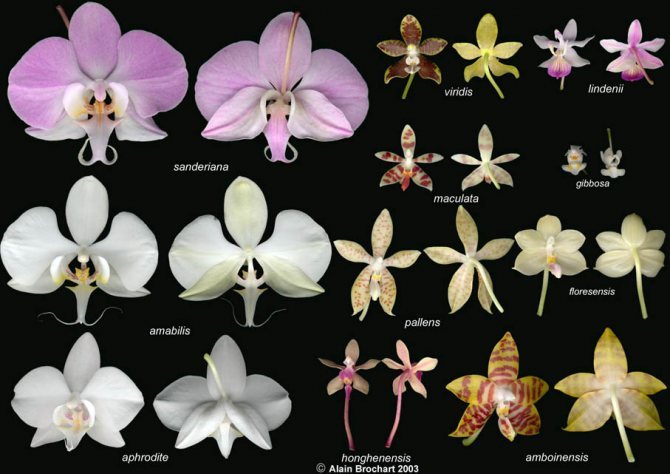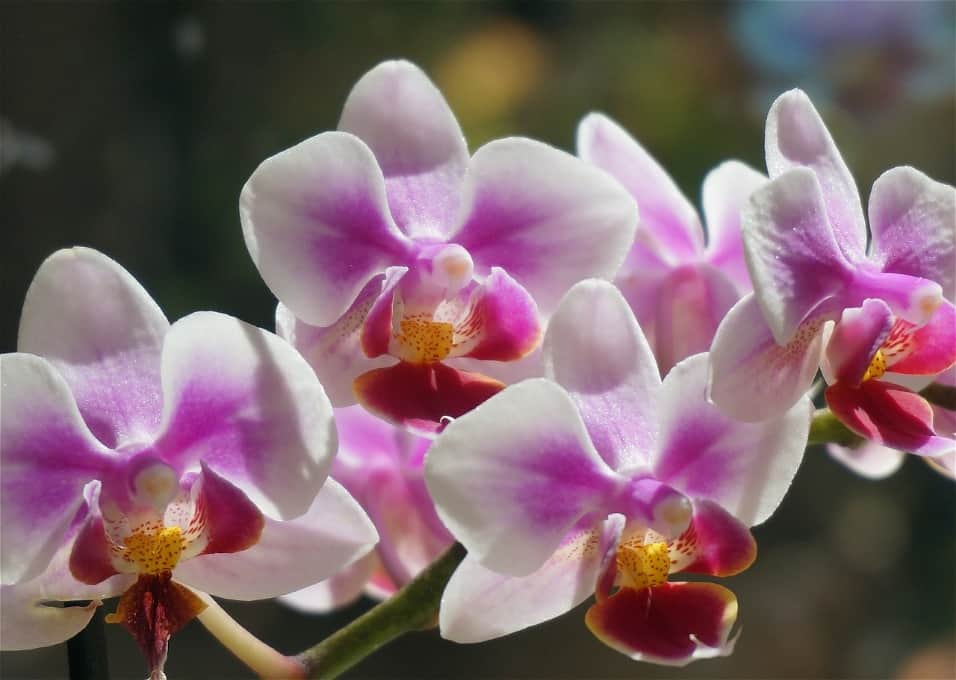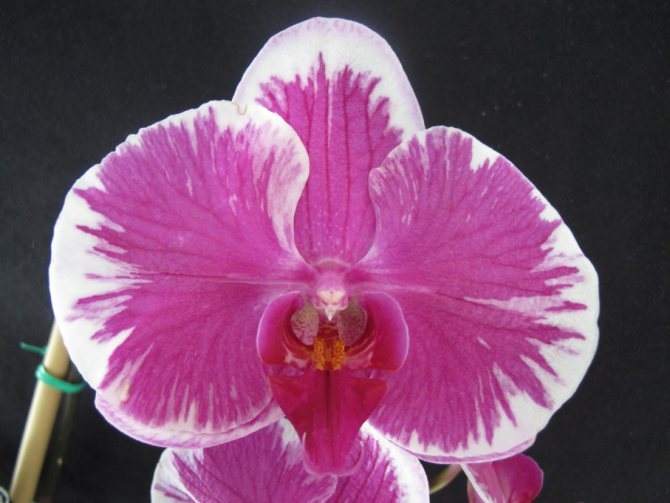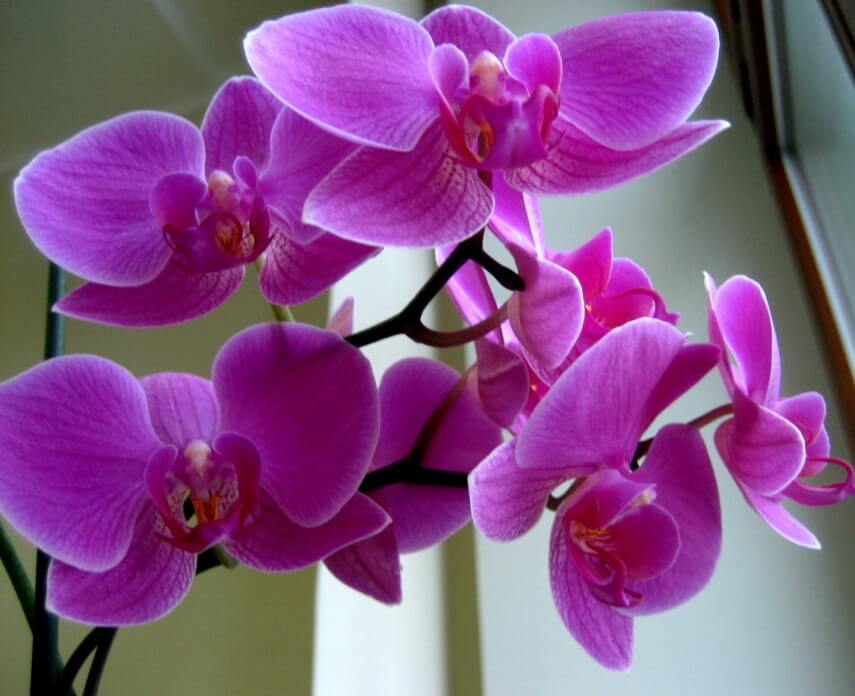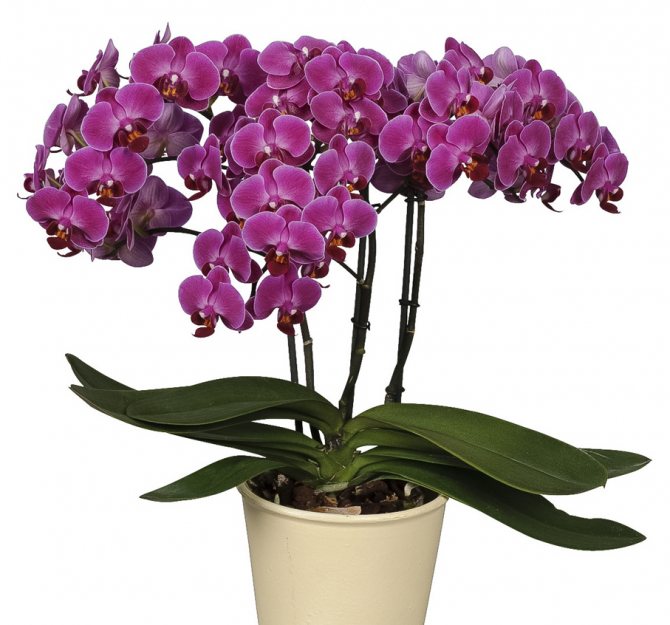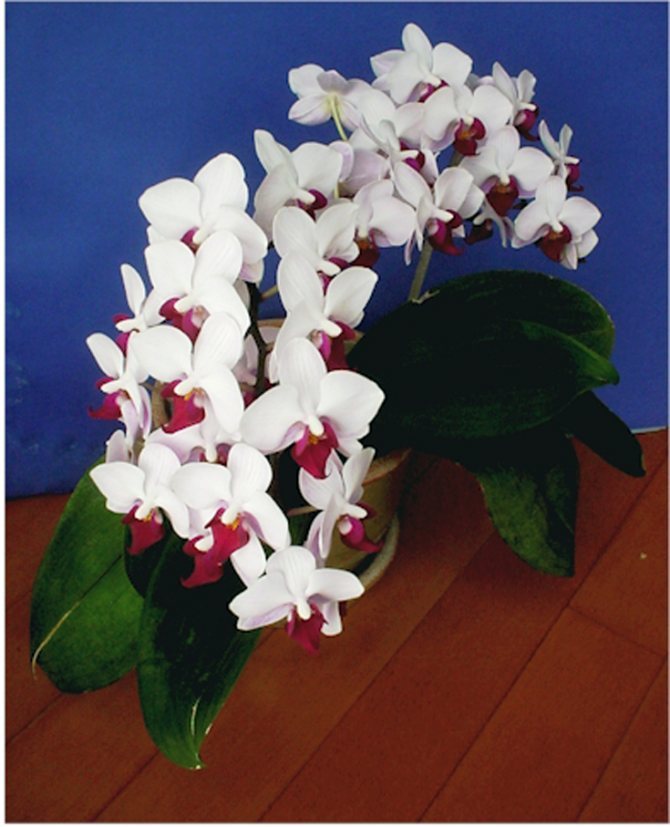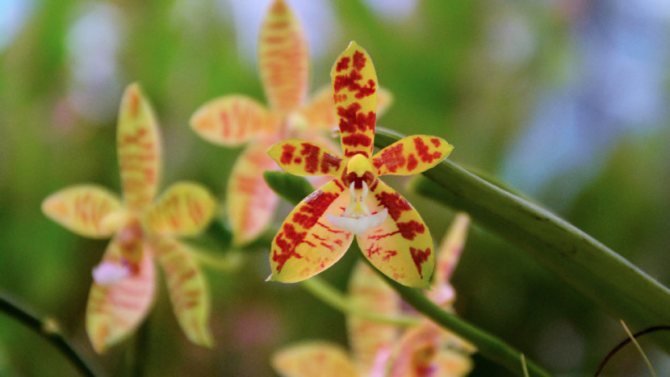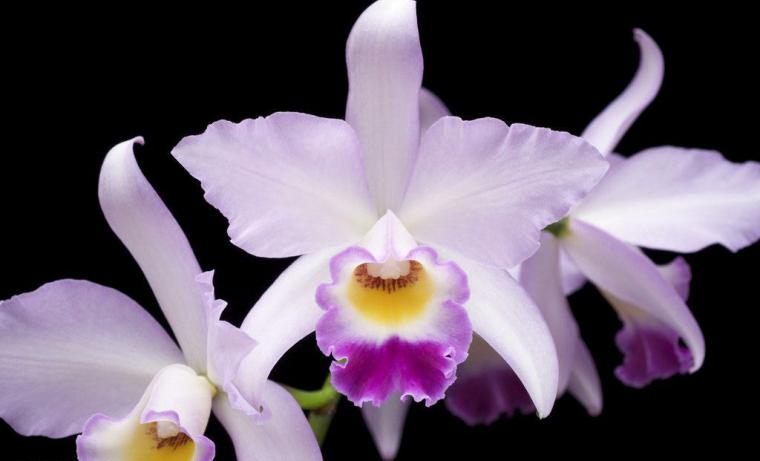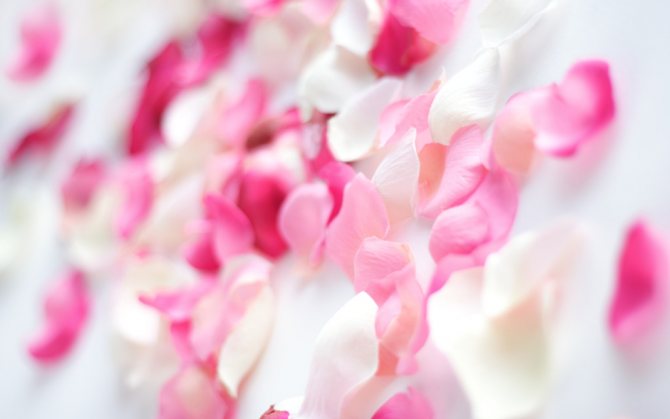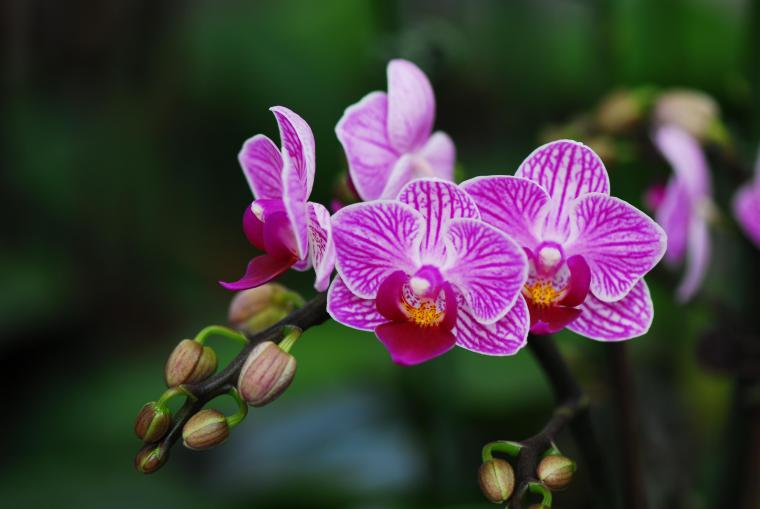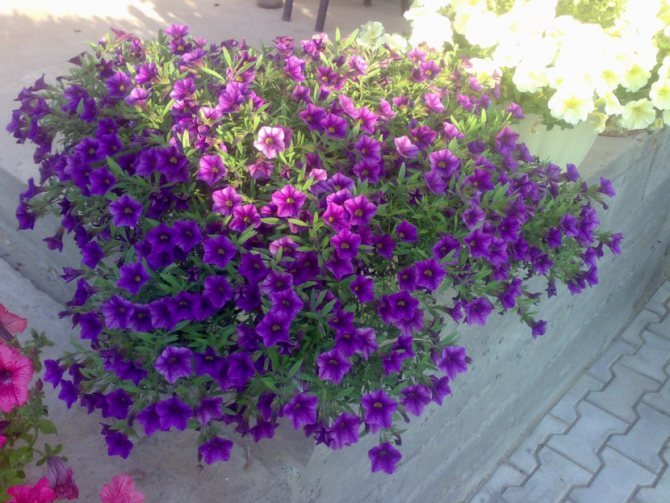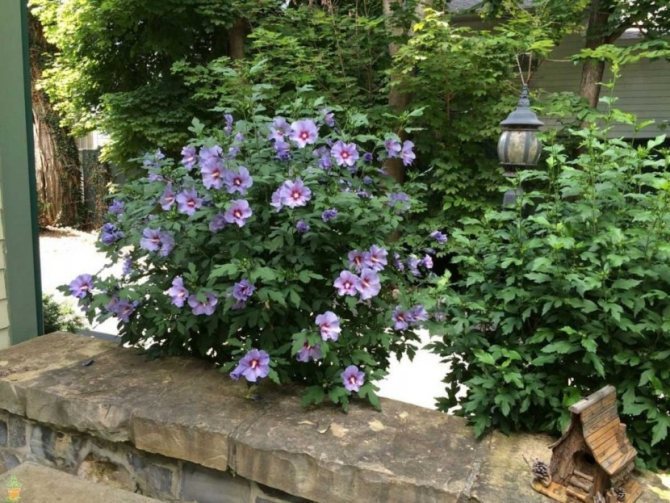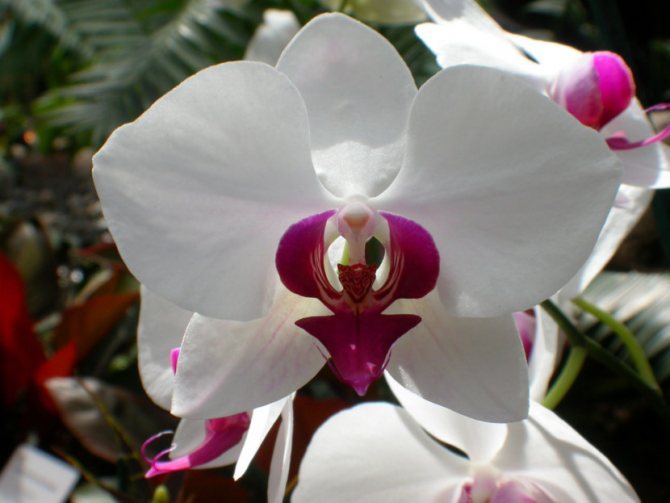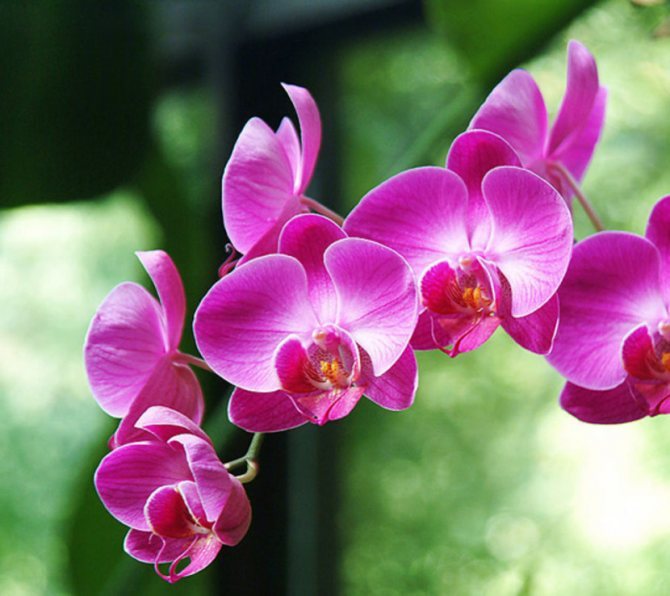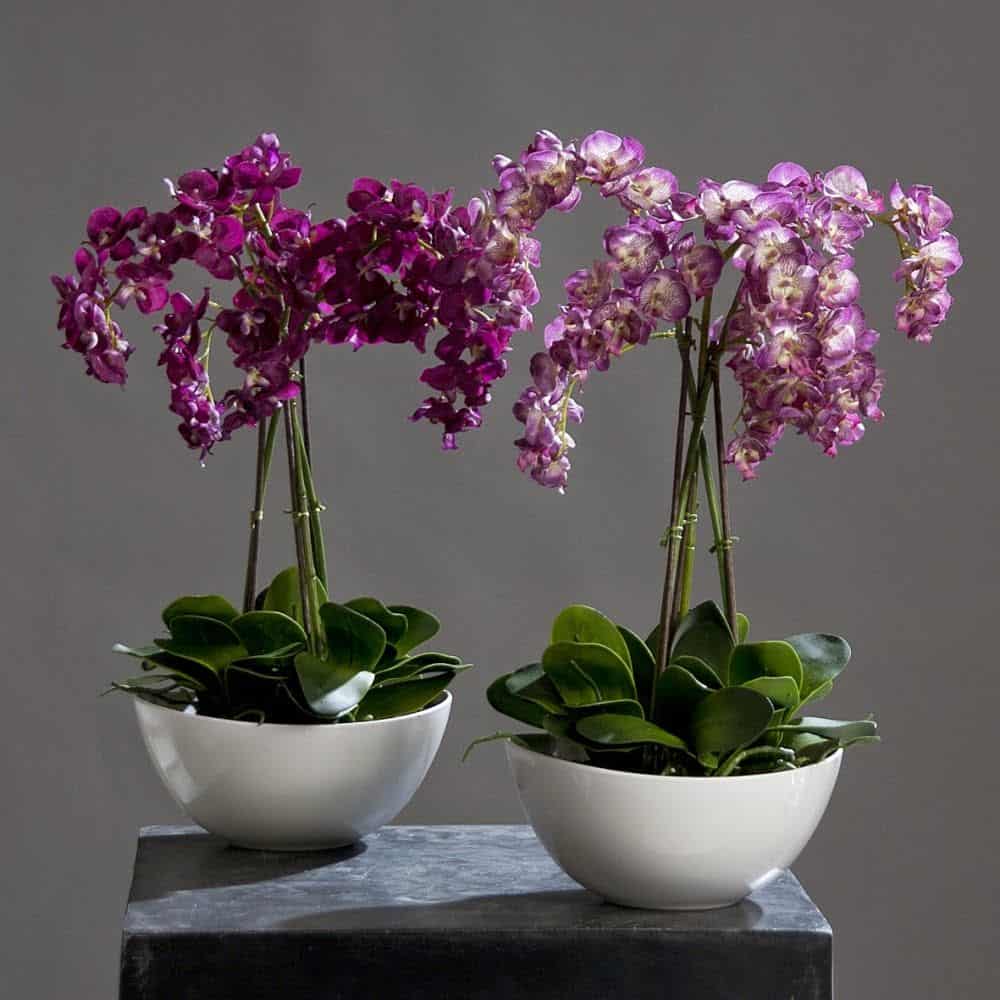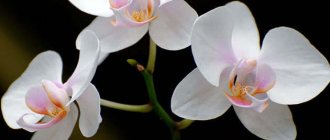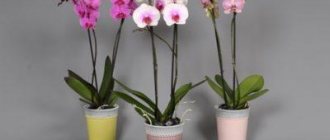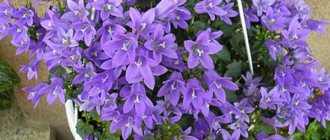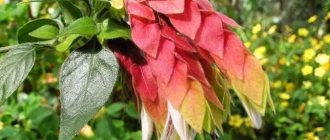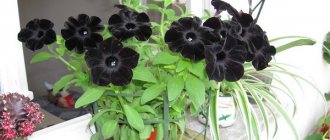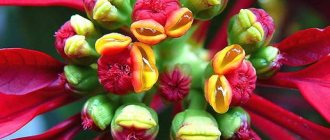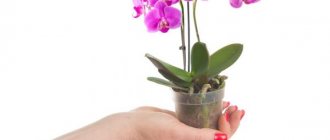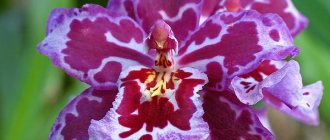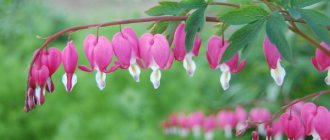Today, there is a general description of the orchid flower, regardless of the fact that the plant belongs to the orchidactae family, which includes about 25,000 species. The perennial herbaceous flower first appeared about 80 million years ago. Most species belonging to the same genus successfully interbreed with each other. After that, hybrids are formed that are unlike the "parental" flowers and are capable of producing offspring, that is, multiplying.
Over the past 100 years, most hybrids have appeared with human participation. Breeders have taken on the evolution of orchid species in order to develop a plant that can perfectly adapt to the maintenance of the house. It should also be noted that scientific activity on the development of new varieties is important, because many species are on the verge of extinction due to the deforestation of tropical forests.
Structural features
Most orchids grown at home are epiphytes, that is, plants with aerial roots covered with a porous cloth (velamen), with which they suck water from the air or substrate if kept in a pot indoors. Orchids find useful substances necessary for their growth and development in humus, formed as a result of decomposition of organic matter under the influence of microorganisms, in crevices of rocks or in places where branches attach to a tree trunk. In other words, these plants are used to being content with little.
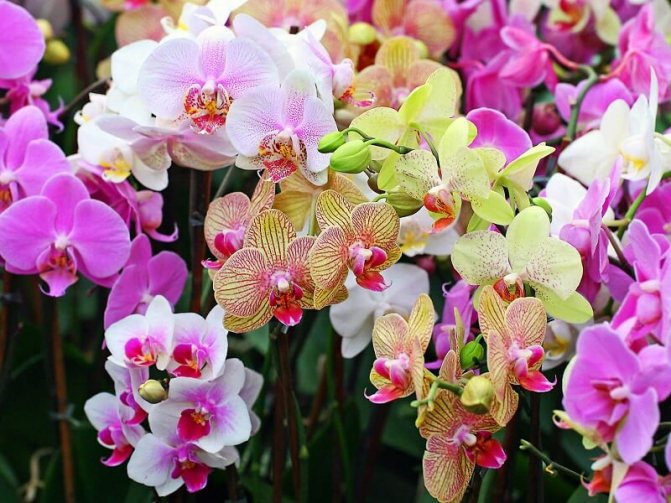
Taking into account the original way of life of orchids, remember: they need high humidity of the substrate and air, and their roots need free access to air.
These conditions are not easy to create at home. From the moment the first hybrids appeared to this day, breeders have continued to work to ensure that new plants are more adapted to life in an apartment. Some orchids are easier than others to adapt to temperature, humidity, lighting in room conditions. Below is a kind of classification based on the difficulty of growing orchids.
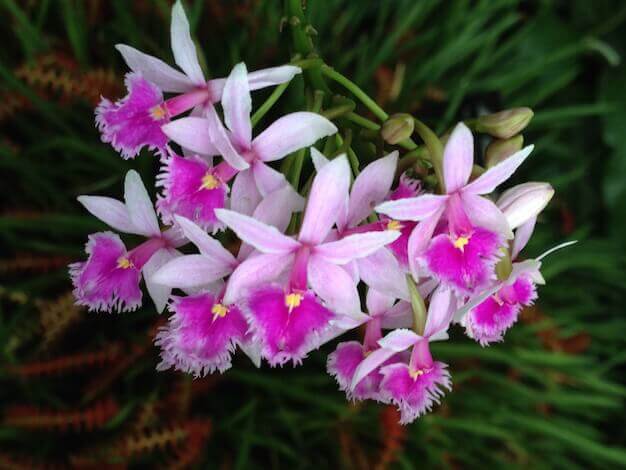

- For beginners: orchids that are best adapted to home conditions, which do not require temperature fluctuations "day-night": dendrobium, phalaenopsis, epidendrum.
- For the advanced: orchids that need to maintain a certain temperature regime, or rather a small temperature difference "day-night", which can be provided in an apartment or a private house: brassia, cellogyne, noble dendrobium.
- For professionals: orchids that need a cool night time, bright lighting throughout the year; in a word, those species that develop only in special conditions: cattleya, cymbidium, miltonia.
Possible difficulties
Flabby (flabby) leaves.
The root system of the plant is damaged. Not subject to treatment. Such leaves can function relatively normally for 2-4 years, then they turn yellow and die off.
The topmost sheet darkened (turned yellow) and fell off.
Long-term presence of water in the core of the plant, most often in combination with high air humidity, fairly low temperatures and insufficient lighting.The damaged area must be removed to a healthy green tissue and disinfected, for example, sprinkle with activated charcoal powder or, cover with sulfur, or carefully treat with iodine or greenery (iodine and greenery can dry out not only damaged areas, but also healthy tissues, leading to the death of healthy leaves, they must be used very carefully). The orchid is placed in a very bright place at a temperature of at least + 18 ° C and kept absolutely dry for a week. Especially carefully you need to monitor the condition of the wound and, at the slightest sign of further decay, immediately disinfect again.
Jammed peduncles.
Occurs due to abundant watering, or spraying (Paphiopedilum orchid should not be sprayed). It is necessary to adjust the watering mode.
Transparent, green or just dark (black or brown) spots and dots.
Mechanical damage (scratches)
caused by various kinds of injuries sustained during transportation or falling plants. They are not subject to treatment.
Substrate
Orchids are usually sold in clear plastic pots filled with a mixture (called a substrate) of large pieces of bark and moss to keep the roots from drying out. Only a few, such as Ascocenda and Wanda, are sold in transparent vases without any filling. In winter, once a week, and in summer twice a week, water is poured into the vase, left for 30 minutes so that the roots are saturated with moisture, and then the leftovers are poured.
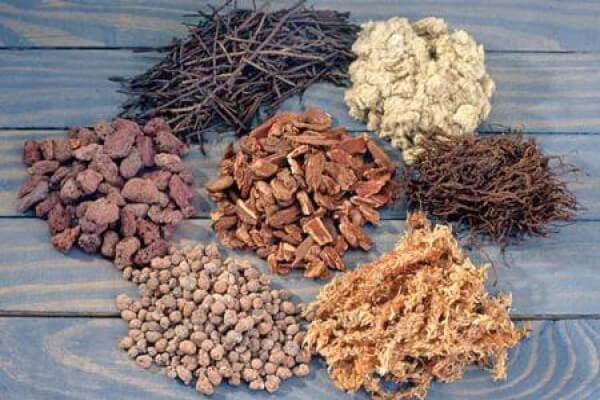

Orchids growing on the ground. These are orchids, the roots of which are in the ground, or rather, in almost pure humus, which are so rich in tropical forests. So far, among the orchids suitable for breeding at home, only ludisia is a plant of this type. Ludisia is called the “precious orchid” because it is prized not by flowers, but by velvety olive leaves with red veins. This plant needs a rich nutrient substrate, rich in humus. The papiopedilum orchid also grows at the foot of the trees.
Prevention of various problems
How to prevent orchid diseases:
- The leaves have become yellowish, have lost their bright, rich green color - weaken watering, adjust air humidity, shade windows.
- If the leaves begin to fall, then the humidity is insufficient, you have dried out the air. And, perhaps, the substrate also receives less moisture. Spraying is required, additional watering.
- Leaves rot - this is a sign of improper care. Make sure that the leaves, sinuses, the outlet do not get wet, and if they get wet, they must be carefully wiped with a dry cloth or dried with a hairdryer.
Sympodial and monopodial orchids
According to the type of growth, orchids can be divided into sympodial and monopodial.
Orchids of the sympodial type of growth have many horizontally growing shoots connected by a rhizome (rhizome). Each new shoot is capable of releasing one or two peduncles, depending on the species. Pafiopedilum and phragmipedium orchids give shoots with leaves, from the middle of which flower stalks appear.
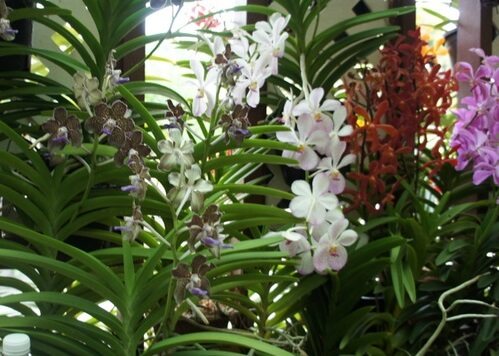

At the base of the shoots of orchids such as cattleya, brassia, odontoglossum, oncidium, thickened parts are formed that have an ovoid shape and are called pseudo bulbs. Pseudo bulbs are storage organs, they accumulate water and nutrients necessary for the development of young shoots of the next year. But from a botanical point of view, they are not at all like those real bulbs, as, for example, tulips, daffodils or crocuses, which is why they are called "pseudo". Peduncles appear at the apical growth point or at the base of the pseudo bulb (depending on the species).
Some orchids produce thick shoots, which are also reserve organs and are a bit like bamboo, as they expand at the points of attachment of the leaves.Peduncles appear in leaf axils (species - noble dendrobium) or at the top of the stem (species - d. Phalaenopsis).
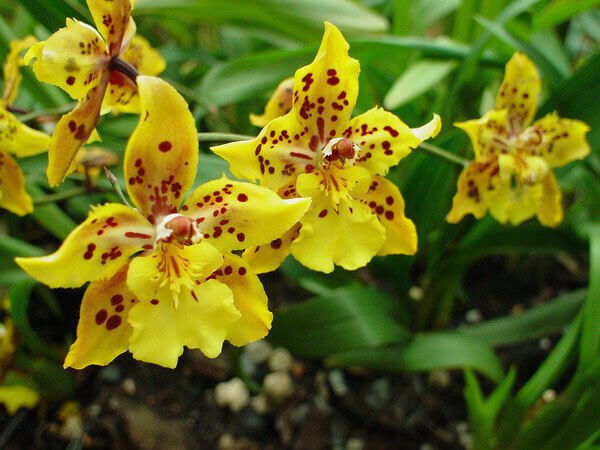

Orchids of a monopodial growth type develop in the form of one central shoot, on which leaves grow alternately. In the axils of the leaves, buds are formed, from which peduncles or aerial roots subsequently develop. Such orchids include representatives of the genus Phalaenopsis, Wanda, Ascocenda.
Description
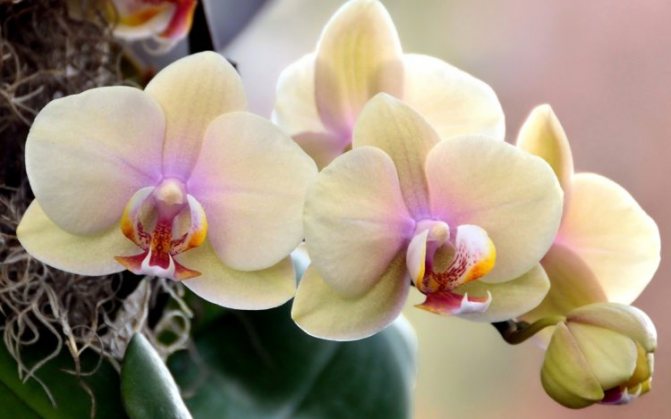

Orchid (Orchids, as well as Orchids) is a plant of the flowering department, of the monocotyledonous class, of the order of asparagus, of the orchid family. Orchids are one of the richest species of plant families.
The orchid plant acquired its name in ancient Greece thanks to the philosopher Theophrastus, a student of Plato. As a result of scientific research, the scientist came across an unfamiliar flower with roots in the form of a paired bulb and gave it the name "orchis", which means "egg" in Greek.
Orchid flowers make up one of the most numerous plant families, the main part of which in nature is perennial grasses. Shrub form and woody lianas are less common. Orchids can range in size from a few centimeters, although individual species grow up to 35 meters in height.
Most of the orchids are epiphytes that grow on other plants, using them as a support and are not parasites. Epiphytic orchid flowers do not depend on the soil, receive more light and suffer less from herbivores.
The roots of the epiphyte orchid are extremely important organs as they perform many essential functions. First, with their help, orchids are attached to the substrate, which allows them to maintain an upright position. Secondly, the roots are actively involved in photosynthesis, sharing this function with the leaves. Thirdly, with the help of the root system, orchid flowers absorb moisture and nutrients from the air and bark of the plants on which they live.
Another, smaller part of orchids are lithophytes growing on rocky and stony rocks. Terrestrial orchids make up the medium-sized group. Both types are endowed with underground rhizomes or tubers.
The green stem of an orchid can be long or short, creeping or erect. Leaves are simple, alternate, on each plant there may be one or more of them. Orchid flowers of the most varied colors and sizes form 2 types of inflorescences: a simple spike with a single arrangement of flowers or a simple brush with several flowers on pedicels growing along the stem.
The orchid flower belongs to insect pollinated plants, and the mechanisms of pollination of each species are sometimes unusual and very diverse. Orchids-shoes, which have a "shoe-like" flower structure, are endowed with a special trap for pollinating insects.
Orchis have sticky legs, the flowers of this orchid mimic the smell of female bees, thereby attracting males. Flowers of tropical orchids intoxicate insects with an unusual aroma, other species shoot pollen towards the pollinating insect. The orchid fruit is a dry capsule containing up to 4 million microscopic seeds, which is a kind of productivity record among flowering plants.
The life span of orchids in natural conditions is individual, depends on many factors and under favorable conditions can be 100 years. In greenhouse conditions, many types of orchids live up to 70 years.
Orchids of tropical origin
The orchids we grow at home come mainly from the tropical regions of Asia and Latin America. They most often grow in forests where humidity is high all year round. These plants prefer intense but diffused sunlight.Orchids grow at different altitudes, for example, they can be found at an altitude of 3000 m above sea level in the Andes (odontoglossum). In nature, they are affected by significant temperature drops during the day and night. Therefore, in order to successfully grow at home, they need to provide a certain temperature regime. The difference between day and night temperatures also affects flowering.
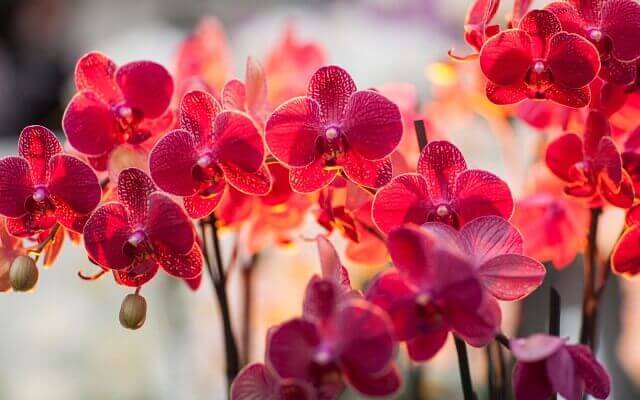

Meet the royal family
An important role for orchids in Europe was played by the acquaintance with the royal family, from which the fashion of collecting the plant appeared. Princess Augusta, mother of King George III, founded the Royal Botanic Gardens in Kew, where orchids grew under the care of Joseph Banks. The first catalog of these plants was compiled by Royal Botanic gardeners William Ayton and his son in 1974.
Admiral William Blay donated fifteen orchids from East India to the garden. Collecting orchids has become fashionable among wealthy amateur gardeners. This plant has become a kind of confirmation of its status in high society.
Some species were put up for auction and the Rothschild dynasty and the Russian royal family competed for the purchase.
Bloom
In the tropics there is no abrupt change of seasons. The readiness of a plant to bloom is not determined by weather changes, but by the maturity of the orchid itself. Therefore, they do not have a flowering period associated with a particular season. In terms of duration, flowering can last from 8 to 10 months, and sometimes more than a year. The pseudo bulb should be well formed and the leaves should be large. The ripening time of new shoots depends on the genetic characteristics of each type of orchid. It also depends on how artificially created conditions (lighting, temperature, feeding) contribute to the rapid development of young shoots.
The history of the appearance of variety in varieties
Orchid varieties are so diverse (there are more than 35 thousand of them)that simply lead among all other plants. Surprisingly, every year and now they continue to discover new species in the tropics.
ATTENTION: Of course, they owe such a great variety not only to nature, but also to thousands of breeders from different countries.
It all began again in England - one English gardener, out of curiosity, began experimenting with the flowers of Cattleya guttata and Cattleya loddighesi, and as a result the seeds sprouted, from where the first man-made copy of the Cattleya Hybrid appeared (in the 19th century). Well, and then the baton was quickly picked up, the number of new hybrids increased sharply, and the results amaze us all.
For more information on unusual varieties of orchids, descriptions and photos of flowers of a wide variety of shapes, check out this material.
How to choose the right orchid
Do not rush to choose an orchid based on your taste. You need to buy the one that adapts best to your home conditions. This is the key to success!
Assess the light level in your home before purchasing. Usually there is more light in rooms facing south or southeast. Light curtains will be needed to dim the active sun from May to September. Few orchids can thrive well on the north window; papiopedilum is a separate case.
In summer, in a private house, a veranda is a good choice for orchids, on which it is quite fresh at night. Bringing orchids outdoors will stimulate flowering. Zygopetalum, cymbidium or odontoglossum will like these conditions of detention.
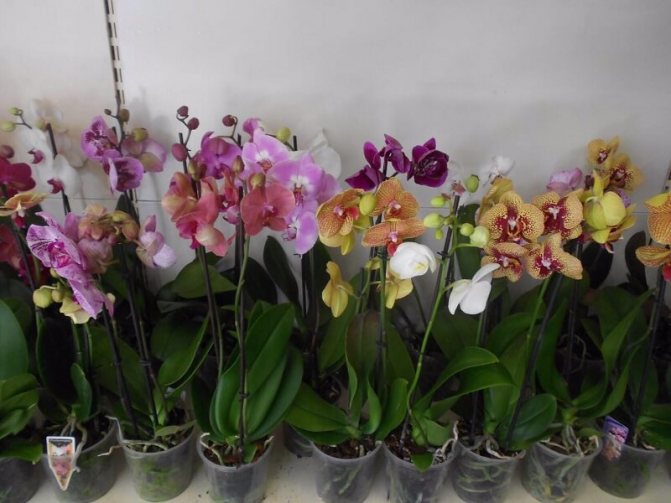

Key facts
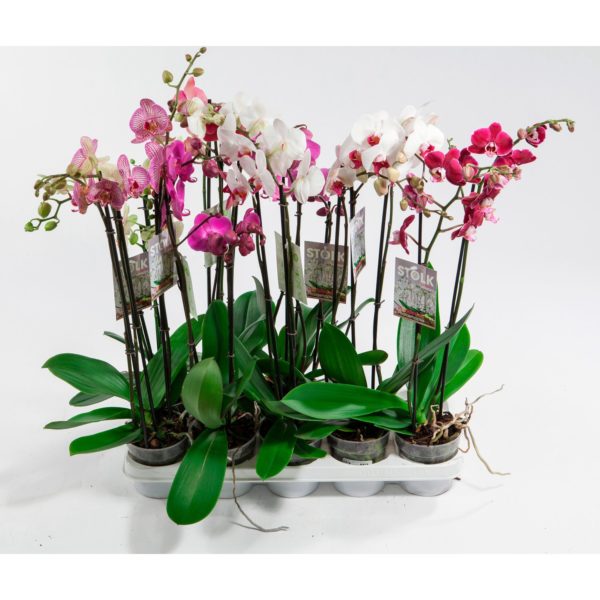

- The name of the genus comes from the Greek. phalaina - moth, moth, opsis - similarity.
Orchids can be grown in the back of the room under artificial lighting. But wherever the flower stands, it needs 12-hour daylight hours.
- From domestic fluorescent lamps for illumination of phalaenopsis, "LD" or "LDC", giving white light, are suitable.
- The roots of the flower are capable of photosynthesis, and in places illuminated by sunlight, they are colored green by chlorophyll.
- Plants blooming in winter require more watering than non-blooming plants. For their normal development, it is necessary that the root system does not overcool.
- Planting small specimens and children differs only in the size of the substrate particles. In the lower part of the pot, above the drain, you can use a fraction up to 1.5 cm, the rest of the bark should be no more than 1 cm.
In the large bark, babies and small specimens develop poorly.
- In an orchid, the roots on the surface of the substrate, due to low humidity, often have a shriveled, unviable appearance, but this is not a cause for concern.
- If it is not possible to give the plant backlight in the winter, you can transfer it to spring-summer flowering, and arrange a rest in winter.
- For planting phalaenopsis babies, you can use pure sphagnum moss. But in this case, watering is more difficult, the leaves grow faster, and the roots are worse.
- During flowering, it is advisable to tie the flower stalks to a peg.
Video
Suitable place for an orchid
Remember that equally good lighting of all parts of the plant is very important for an orchid. Position your orchid so that the rooted substrate receives as much light as the aerial part. Do not use a deep planter, it should not be much larger than the container with the plant. The edges of both pots must be level. It is best if the light falls from the side and from above, as in natural conditions. The most suitable place is at least 1 meter from the window, the height is at the level of the window sill.
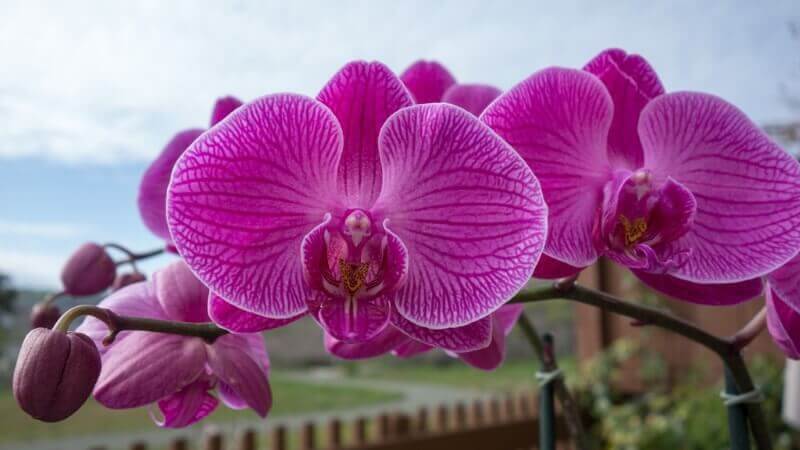

Diseases
The plant can be affected by the disease at any age, most often it can be: • black rot (roots rot, the affected areas turn black). Causes: cold temperature, high humidity. • anthracnose (the whole plant is affected, covered with brown spots and small black dots). The foliage is dying off. The reason is identical with the manifestation of black rot. • Viruses (more than 50 species are known).
With uneven watering, excess sunlight, hypothermia, overfeeding with fertilizers, overheating as a result of excessive sunlight, the use of a large amount of pesticides, an unbalanced diet - your plant may not look very healthy. Balance the care of your pets, take into account the advice of more experienced flower growers, and then your orchids will delight your eyes for a long time with bright colorful moths flying, as if in the air.


